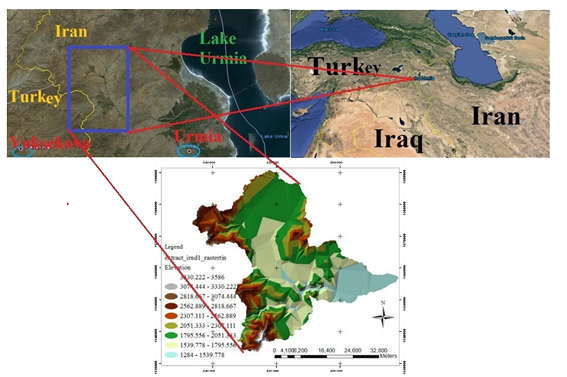Comparing Multiple Regression, Principal Componant Analysis, Partial Least Square Regression and Ridge Regression in Predicting Rangeland Biomass in the Semi Steppe Rangeland of Iran
Main Article Content
Abstract
In this paper, the prediction of rangeland biomass using different methods including Multiple regression, Principal Component Analysis, Partial Least Square regression and Ridge regression were compared. For this goal, environmental factors such as elevation (m), rainfall (mm), slope (٪), caco3 (٪), Sand (٪), Sand (٪), Clay (٪), pH, EC (ds.m-1), Saturation (SP (٪)) were used to determine a relationship between environmental factors and the forage yield. The results showed that PLS, and ridge regressions were among the best models to predict rangeland biomass followed by multiple regressions and Principal component Analysis. PLS and ridge regression had a higher predicted accuracy than other calculation methods. It was shown that, the Partial Least Square regression values to R, RMSE and MAE were 0.83, 34.9 and 26.23, respectively.
Article Details
Published articles are under the copyright of the Environment and Natural Resources Journal effective when the article is accepted for publication thus granting Environment and Natural Resources Journal all rights for the work so that both parties may be protected from the consequences of unauthorized use. Partially or totally publication of an article elsewhere is possible only after the consent from the editors.

